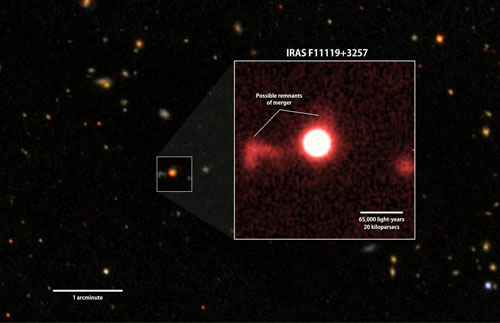 A new study provides the first observational evidence that a supermassive black hole at the center of a large galaxy can power huge, wide-angled outpourings of material from deep inside the galaxy's core. These outflows remove massive quantities of star-making gas, thus influencing the size, shape and overall fate of the host galaxy.
A new study provides the first observational evidence that a supermassive black hole at the center of a large galaxy can power huge, wide-angled outpourings of material from deep inside the galaxy's core. These outflows remove massive quantities of star-making gas, thus influencing the size, shape and overall fate of the host galaxy.
Mar 25th, 2015
Read more
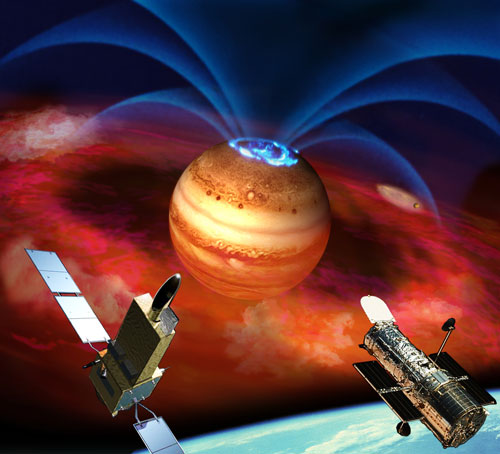 New observations of the planet's extreme ultraviolet emissions show that bright explosions of Jupiter's aurora likely also get kicked off by the planet-moon interaction, not by solar activity.
New observations of the planet's extreme ultraviolet emissions show that bright explosions of Jupiter's aurora likely also get kicked off by the planet-moon interaction, not by solar activity.
Mar 25th, 2015
Read more
The precise measurement of Saturn's rotation has presented a great challenge to scientists, as different parts of this sweltering ball of hydrogen and helium rotate at different speeds whereas its rotation axis and magnetic pole are aligned. A new method proposes a new determination of Saturn's rotation period and offers insight into the internal structure of the planet, its weather patterns, and the way it formed.
Mar 25th, 2015
Read more
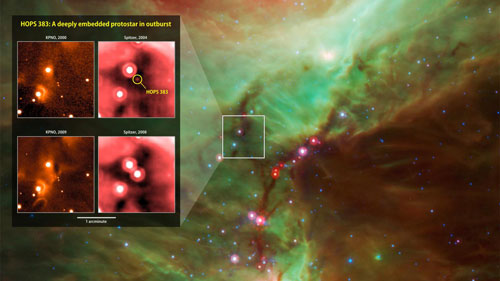 Using data from orbiting observatories, including NASA's Spitzer Space Telescope, and ground-based facilities, an international team of astronomers has discovered an outburst from a star thought to be in the earliest phase of its development. The eruption, scientists say, reveals a sudden accumulation of gas and dust by an exceptionally young protostar known as HOPS 383.
Using data from orbiting observatories, including NASA's Spitzer Space Telescope, and ground-based facilities, an international team of astronomers has discovered an outburst from a star thought to be in the earliest phase of its development. The eruption, scientists say, reveals a sudden accumulation of gas and dust by an exceptionally young protostar known as HOPS 383.
Mar 24th, 2015
Read more
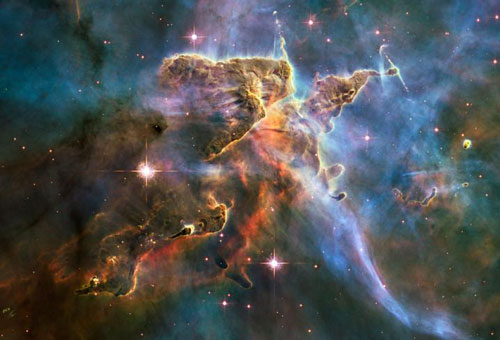 The Square Kilometer Array, a radio telescope planned for Africa and Australia, will have an unprecedented ability to deliver data on the location and properties of stars, galaxies and giant clouds of hydrogen gas. In a new study, a team of scientists has developed a new, faster approach to analyzing all that data.
The Square Kilometer Array, a radio telescope planned for Africa and Australia, will have an unprecedented ability to deliver data on the location and properties of stars, galaxies and giant clouds of hydrogen gas. In a new study, a team of scientists has developed a new, faster approach to analyzing all that data.
Mar 24th, 2015
Read more
 European Research Council will fund HITS astrophysicist Christoph Pfrommer with an ERC Consolidator Grant with 2 million euros.
European Research Council will fund HITS astrophysicist Christoph Pfrommer with an ERC Consolidator Grant with 2 million euros.
Mar 24th, 2015
Read more
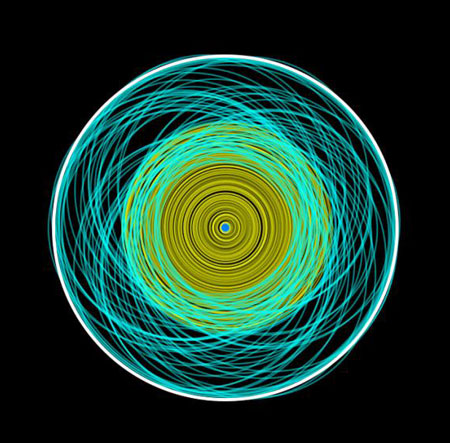 Long before Mercury, Venus, Earth, and Mars formed, it seems that the inner solar system may have harbored a number of super-Earths - planets larger than Earth but smaller than Neptune. If so, those planets are long gone - broken up and fallen into the sun billions of years ago largely due to a great inward-and-then-outward journey that Jupiter made early in the solar system's history.
Long before Mercury, Venus, Earth, and Mars formed, it seems that the inner solar system may have harbored a number of super-Earths - planets larger than Earth but smaller than Neptune. If so, those planets are long gone - broken up and fallen into the sun billions of years ago largely due to a great inward-and-then-outward journey that Jupiter made early in the solar system's history.
Mar 24th, 2015
Read more
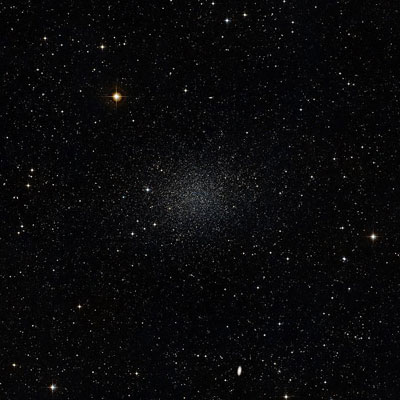 A search of nearby galaxies for their oldest stars has uncovered two stars in the Sculptor dwarf galaxy that were born shortly after the galaxy formed, approximately 13 billion years ago. The unusual chemical content of the stars may have originated in a single supernova explosion from the first generation of Sculptor stars.
A search of nearby galaxies for their oldest stars has uncovered two stars in the Sculptor dwarf galaxy that were born shortly after the galaxy formed, approximately 13 billion years ago. The unusual chemical content of the stars may have originated in a single supernova explosion from the first generation of Sculptor stars.
Mar 23rd, 2015
Read more
A chance discovery by a team of researchers has provided experimental evidence that stars may generate sound.
Mar 23rd, 2015
Read more
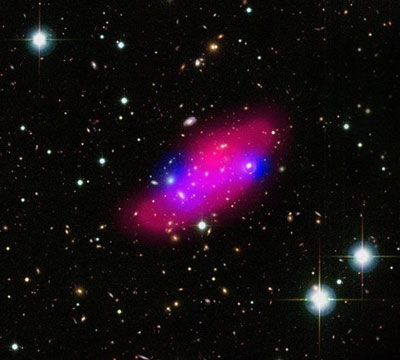 A quantum version of General relativity demonstrates that Dark Energy and Dark Matter are different manifestations of gravity. The theory calculates the precise value of the cosmological constant, derives the baryonic Tully-Fisher relation, gives a quantum description of Black Holes and calculates the baryonic mass content of the observable universe.
A quantum version of General relativity demonstrates that Dark Energy and Dark Matter are different manifestations of gravity. The theory calculates the precise value of the cosmological constant, derives the baryonic Tully-Fisher relation, gives a quantum description of Black Holes and calculates the baryonic mass content of the observable universe.
Mar 20th, 2015
Read more
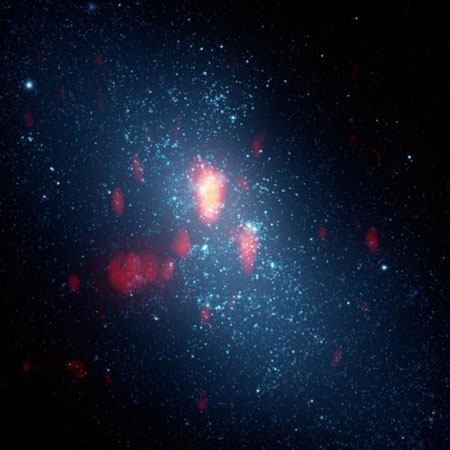 The star cluster is buried within a supernebula in a dwarf galaxy known as NGC 5253, in the constellation Centaurus. The cluster has one billion times the luminosity of our sun, but is invisible in ordinary light, hidden by its own hot gases.
The star cluster is buried within a supernebula in a dwarf galaxy known as NGC 5253, in the constellation Centaurus. The cluster has one billion times the luminosity of our sun, but is invisible in ordinary light, hidden by its own hot gases.
Mar 18th, 2015
Read more
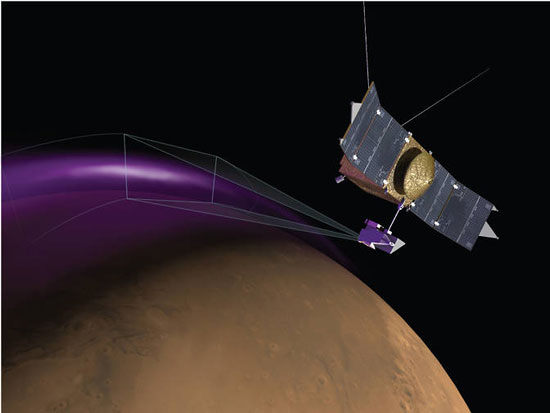 NASA's Mars Atmosphere and Volatile Evolution (MAVEN) spacecraft has observed two unexpected phenomena in the Martian atmosphere: an unexplained high-altitude dust cloud and aurora that reaches deep into the Martian atmosphere.
NASA's Mars Atmosphere and Volatile Evolution (MAVEN) spacecraft has observed two unexpected phenomena in the Martian atmosphere: an unexplained high-altitude dust cloud and aurora that reaches deep into the Martian atmosphere.
Mar 18th, 2015
Read more
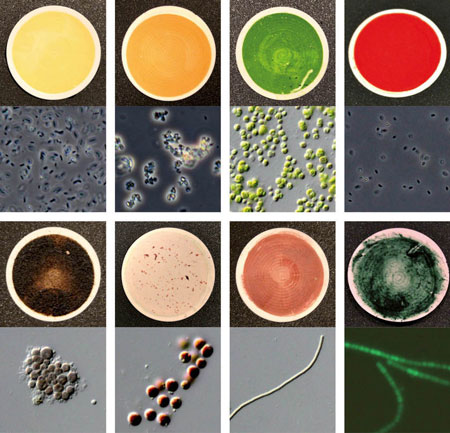 Astronomers and biologists investigate the colour properties of 137 different microorganisms.
Astronomers and biologists investigate the colour properties of 137 different microorganisms.
Mar 18th, 2015
Read more
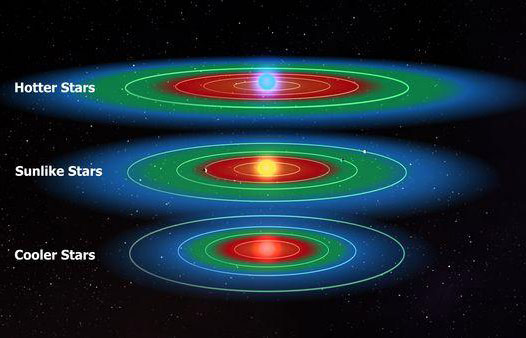 Astronomers have discovered thousands of exoplanets in our galaxy, the Milky Way, using the Kepler satellite and many of them have multiple planets orbiting the host star. By analysing these planetary systems, researchers have calculated the probability for the number of stars in the Milky Way that might have planets in the habitable zone. The calculations show that billions of the stars in the Milky Way will have one to three planets in the habitable zone, where there is the potential for liquid water and where life could exist.
Astronomers have discovered thousands of exoplanets in our galaxy, the Milky Way, using the Kepler satellite and many of them have multiple planets orbiting the host star. By analysing these planetary systems, researchers have calculated the probability for the number of stars in the Milky Way that might have planets in the habitable zone. The calculations show that billions of the stars in the Milky Way will have one to three planets in the habitable zone, where there is the potential for liquid water and where life could exist.
Mar 18th, 2015
Read more
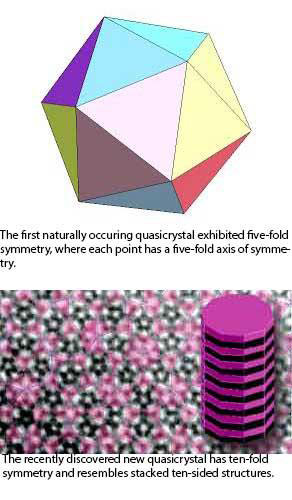 Researchers have discovered a quasicrystal - so named because of its unorthodox arrangement of atoms - in a 4.5-billion-year-old meteorite from a remote region of northeastern Russia, bringing to two the number of natural quasicrystals ever discovered.
Researchers have discovered a quasicrystal - so named because of its unorthodox arrangement of atoms - in a 4.5-billion-year-old meteorite from a remote region of northeastern Russia, bringing to two the number of natural quasicrystals ever discovered.
Mar 16th, 2015
Read more
Scientists have, for the first time, examined a detailed 'time lapse' X-ray image of the expansion of a classical nova explosion using the GK Persei nova - a binary star system which underwent a nova explosion in 1901.
Mar 16th, 2015
Read more
Astronomers detect features around Chiron that may signal rings, jets, or a shell of dust.
Mar 16th, 2015
Read more
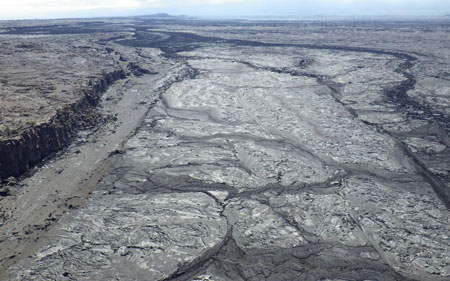 An unconventional research method provides a new look at geologic features on Earth, revealing that some of the things we see on Mars and other planets may not be what they seem.
An unconventional research method provides a new look at geologic features on Earth, revealing that some of the things we see on Mars and other planets may not be what they seem.
Mar 16th, 2015
Read more
 A new study provides the first observational evidence that a supermassive black hole at the center of a large galaxy can power huge, wide-angled outpourings of material from deep inside the galaxy's core. These outflows remove massive quantities of star-making gas, thus influencing the size, shape and overall fate of the host galaxy.
A new study provides the first observational evidence that a supermassive black hole at the center of a large galaxy can power huge, wide-angled outpourings of material from deep inside the galaxy's core. These outflows remove massive quantities of star-making gas, thus influencing the size, shape and overall fate of the host galaxy.
 Subscribe to our Space Exploration News feed
Subscribe to our Space Exploration News feed











